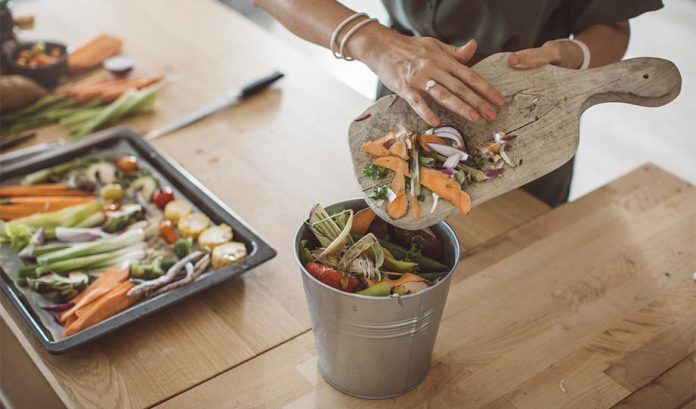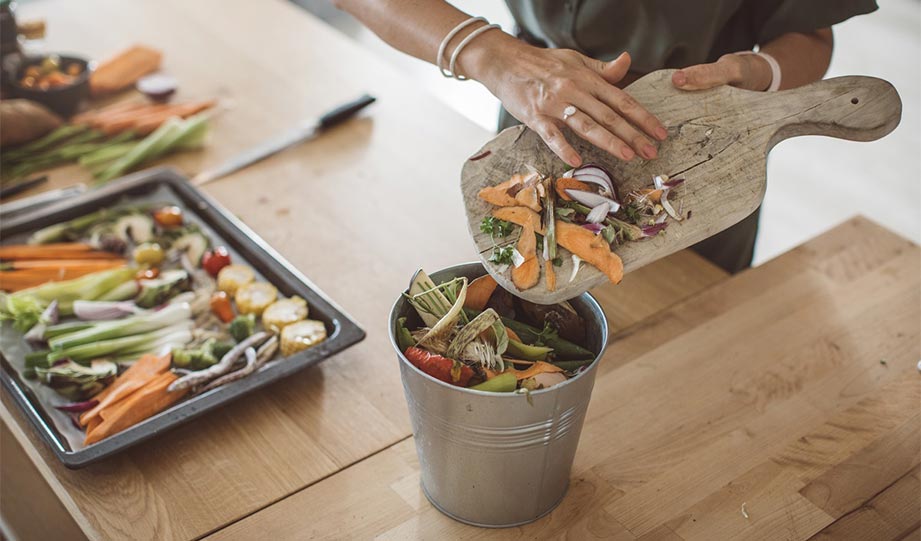If you’re looking to start composting and don’t know where to start, indoor composting is a great way to get into it. It might seem like a big task and you might not know where to begin.
This is why we’ve created this indoor composting guide. We want to help you by first learning the basics of composting and giving you the knowledge to jump into it.
Indoor composting should be uncomplicated and fun! It can definitely be modified to suit your lifestyle as well. We will give you tips on how to sustain your compost and keep it flourishing!
Cheers to your new indoor composting venture! Let’s get started.
Types of Indoor Composting
- Aerobic Composting
Aerobic composting is when organic matter decays into soil that is rich in nutrients using microbes from garden soil. The microbes from garden soil convert organic materials such as food scraps, into compost that can be used as fertilizer for your garden or houseplants.
- Vermicomposting
Vermicomposting is the process where microbes AND worms turn organic waste and food scraps into soil! The worms eat the organic matter and their castings (like manure) become the new soil you can use for fertilizer. Both are very different, but have the same outcome!
Both of these indoor composting methods produce soil with nutrients, nitrogen, potassium, and phosphorus, which is great for your gardens and plants! The only difference between the two systems is that vermicomposting will retain a bit of water in your soil.
Indoor Composting Containers
The next step is choosing which indoor composting method is best for you and your lifestyle. They are both easy to maintain and low maintenance. Once you’ve chosen which one is best, you’ll have to choose an indoor compost container.
For indoor composting, you won’t need a massive bin you’ve probably seen outside or in public gardens. An 18-gallon storage container with a lid will do. If you’re working with a smaller space or don’t have much food waste, a 5-10 gallon plastic container will work. You can also purchase indoor composting bins online to make it even easier!
Whichever container you use, composting needs air to work. If you’ve bought one online that already has holes, you can skip this part. If you’re using a storage container or plastic container that has no holes, you’ll need to drill about 30 holes in the lid in the shape of an evenly-spaced grid for adequate ventilation.
Your compost will drain also, so you’ll need an enclosed tray that’s about 2-3 inches tall to put underneath your compost bin to collect any drainage. Again, if you’re buying one online, they normally come with this already but double-check to make sure before you buy.
What Can You Compost?
Raw fruits and veggies, fruit and veggie peels, lawn cuttings, dead houseplants, tea leaves, coffee grounds, crushed eggshells, compostable coffee filters, dead leaves, tea bags, wood chips, small sticks, nutshells, hay, straw, shredded newspaper, small pieces of cardboard, and cotton.
Do Not Compost
Cooked food, bones, meat, fish, fat (like butter and animal fat,) or dairy. These items will attract animals to your compost bin, which is not good.




